On the Camino recently I met an Italian pilgrim who has walked the northwestern Spanish pilgrimage route several times. He explained to me why he just couldn’t stop walking.
“I was feeling like part of this big machine that just keeps going. I realized. If you want to know who you are, you have to get out of this big machine,” he said.
It’s one of the reasons a growing number of people are walking the Camino. There is a deep spiritual yearning for the discovery of the true self, of looking within. Treading the treadmill is spending most of your life in the accumulation of things. After a while, things lose their shine. The urge is to buy more things, which for many people means a never-ending spiral of debt and frustration.
When we are treading the treadmill of the big machine there is little time for reflection as we hurry through life instead of aligning ourselves with life. For me walking the Camino each year is taking time out to digest, to reflect and to cleanse body and mind.
Why is the Camino so different than an ordinary hike?
But why not walk the Appalachian Trail in the eastern United States or the Bruce Trail in Canada or some of the many other famous nature trails?
The many conversations, I have had with the pilgrims passing through the pilgrims’ hostel in Najera the past two weeks, however, confirmed my impression that the Camino is in so many ways different than a normal hike.
The Camino works on many different subtle levels. For one thing, you are literally walking through a history book with every town and village along the Camino steeped in centuries of human architectural and artistic marvel.
A unique cultural and architectural heritage
Najera, the little village that is the eighth stage of the Camino starting from the little French hamlet of Saint-Jean-Pied-Le-Port, dates back to Roman times, strategically located along the Najerilla river with the hilltop offering a perfect military observation area. It was the capital of the Kingdom of Navarre until it was conquered by the Muslims and then later recaptured by the Christians.

Bridge leading into the town of Najera, monastery to the right
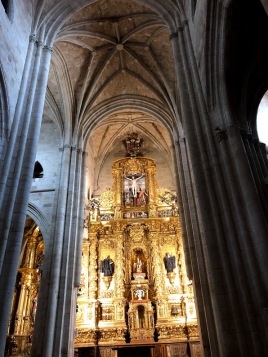
And, right in the middle of this small town of hardly 3,000 people, you will find one of the most marvelous monasteries on the Camino.
It is believed that the Camino pilgrimage path even predates the Christian era when Celtic priests celebrated ritual walks. “I started walking the Camino as a sporting adventure and ended it as a pilgrim,” a young man said in sharing the experience many people make on the Camino.
Celebrating the moment
A precondition to really internalizing the magic of the Camino is in the celebration of the present moment which comes after several days of walking and if you are able to avoid the treadmill trap and falling into the robot and monkey mind by constantly checking your cell phone.
It is the one big advice I would give to pilgrims starting their walk. Limit the use of your cell phone to 15 minutes a day. So often I’ve observed people talking for hours on their cell phones while walking the Camino, robbing themselves of a truly magical experience.
Walking alone and in nature is a challenge initially. It’s about learning to accept the company of self with all its light and shadow. The feelings and emotions can at times be overwhelming but are part of the process of opening the doorway to within.
Reino Gevers – Author, Mentor, and Consultant



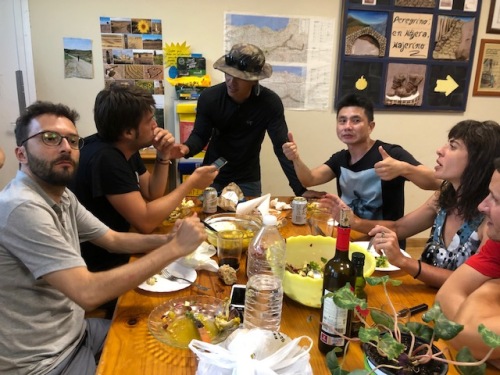
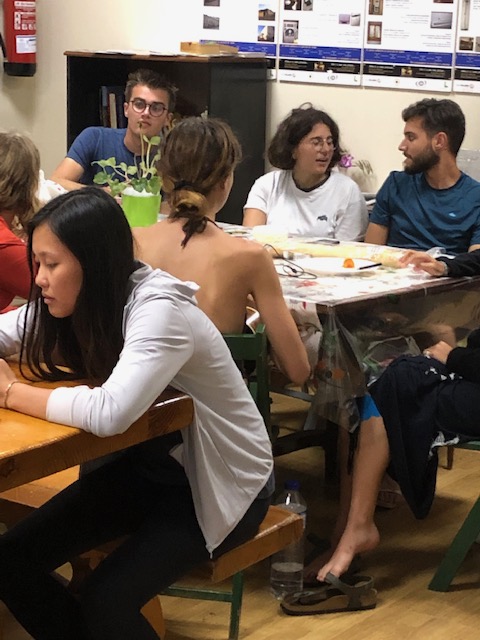
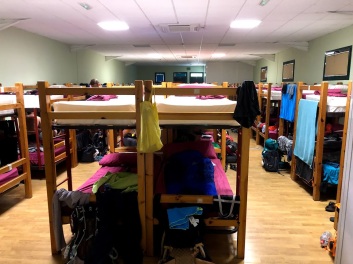



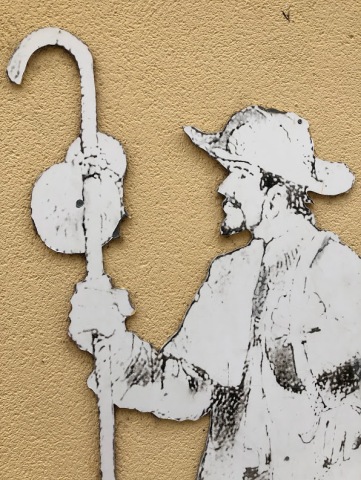 But in the last few days, summer temperatures were touching 40 degrees Celcius in much of southwestern Europe. A walk in the midday sun can be life-threatening and some albergues, or pilgrims’ hostels, have put up signboards, warning pilgrims not to walk between 11.00 and 3 p.m.
But in the last few days, summer temperatures were touching 40 degrees Celcius in much of southwestern Europe. A walk in the midday sun can be life-threatening and some albergues, or pilgrims’ hostels, have put up signboards, warning pilgrims not to walk between 11.00 and 3 p.m.